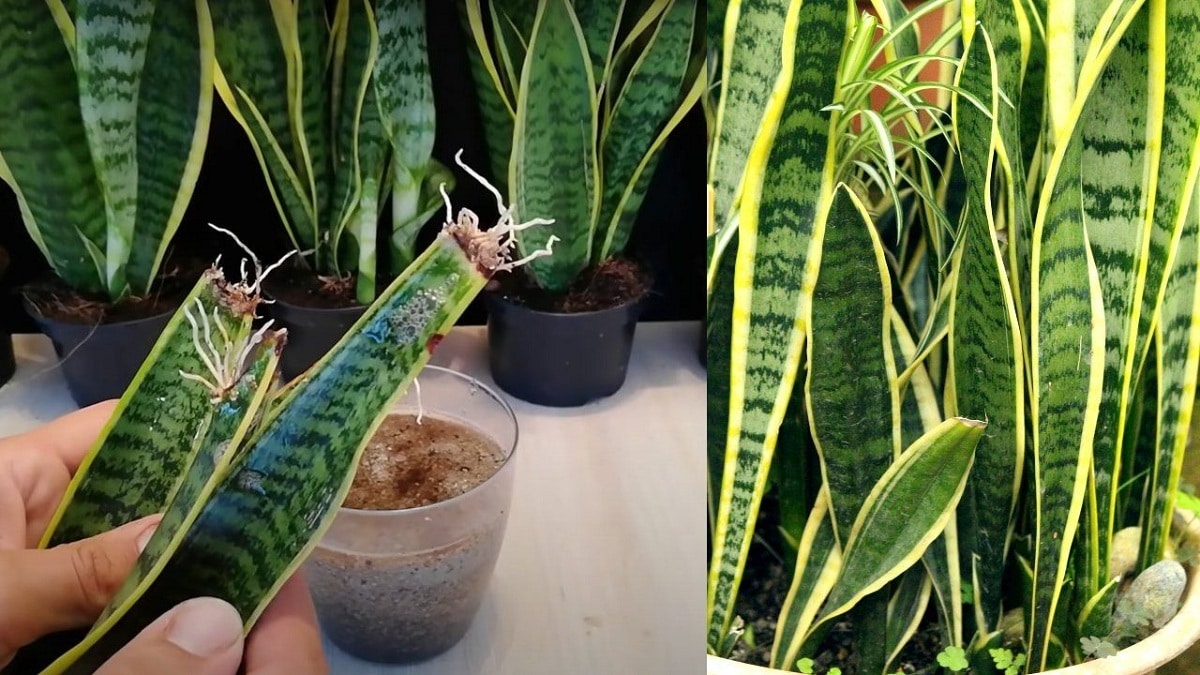
Sansevieria is a plant that is both healthy and poetic. Its unique aesthetic, with its hard and succulent leaves, has given it other very striking names: tiger's tongue, snake plant, Saint George's sword or mother-in-law's tongue. The sansevieria properties there are so many that there are many people who want to have it at home.
For this reason, we are going to dedicate this article to telling you about the main properties of sansevieria, its characteristics and importance.
What are the properties of sansevieria?
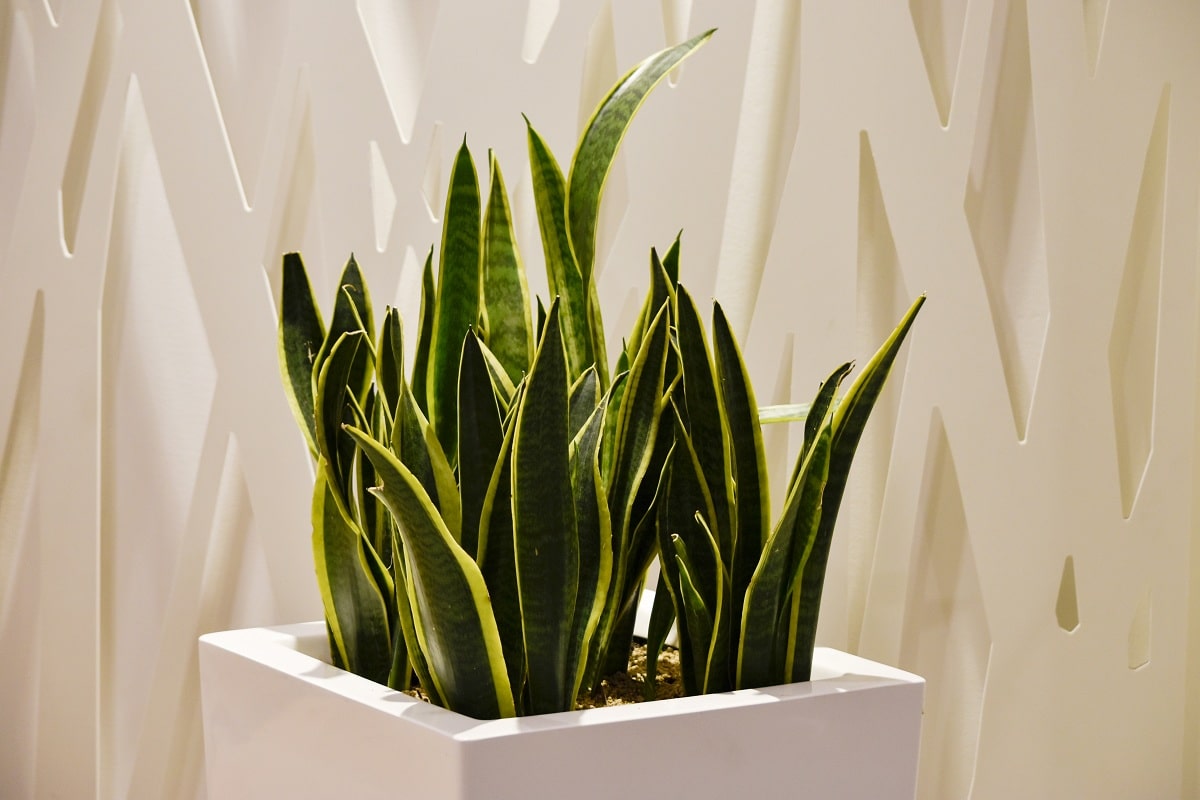
This succulent is a perennial plant that is suitable for both outdoors and indoors, in fact, it is perfect for balconies and patios in spring and can then be moved around the house. With one exception, the very hardy red sansevierias are discouraged in extremely cold climates.
It has been cultivated for hundreds of years, comes from Africa and Madagascar, and is a plant without pest problems. Taking up so little space and thanks to its verticality, it is a leafy planter that can decorate any corner of the house and is even perfect for those who are new to gardening.
Sansevieria perfect for creating a healthier workplace with plants. It is used to improve the atmosphere of the room. Although there is always an open debate between the benefits or harm of plants in the rooms in which we sleep, it seems that it is a recommended plant due to its benefits in low light environments.
The species releases oxygen even at night, thus favoring rest. In fact, this breed is highly recommended for those who apply the precepts of the Feng Shui philosophy to the decoration of their bedroom in order to sleep better.
There are more than seventy mother in law language classes or swords of Saint George, although there are two types depending on the height. Therefore, those with very tall stems are decorative like a tiger's tongue and look like a nest. Sansevieria are slow growing, and in return, they will accompany you for decades to decorate your home or office.
How to care for sansevieria?
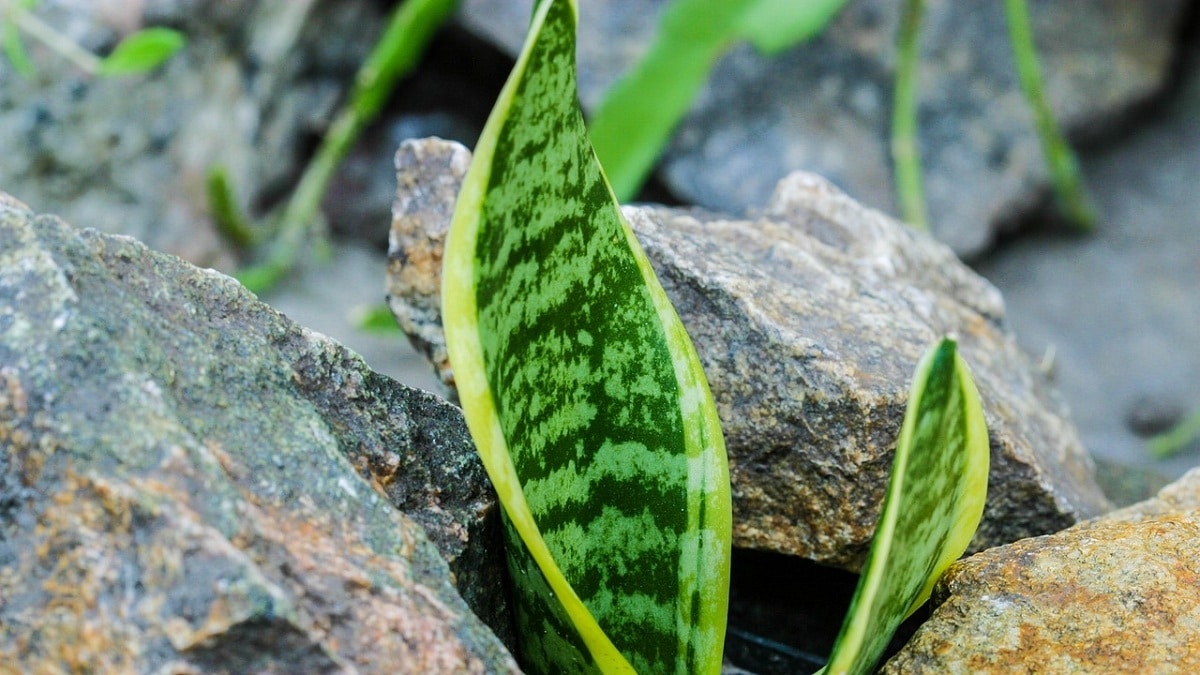
This species is one of the 12 houseplants that require little maintenance. This has a lot to do with the fact that little watering is required in winter. It is a good idea to keep Moisten the roots of your plants every two to three weeks before re-watering, but if they are in a dark area, consider that they need less water.
Sansevieria is very intuitive because it marks its growth line, which always accumulates on thin stems. The leaves are thick with white spots and must be very swollen, as this means that they are in good health. If you notice that they begin to lose their presence and lose weight, they may be too much or too little watered.
If you need to transplant, the best time of year to transplant mother-in-law's tongue is spring, and we even recommend it if you want to create a nice terrarium with succulents. The roots should be buried in well-drained soil, and this beautiful indoor/outdoor plant will thrive in harsher conditions. Also, if you really like it, you can easily plant cuttings from the leaves.
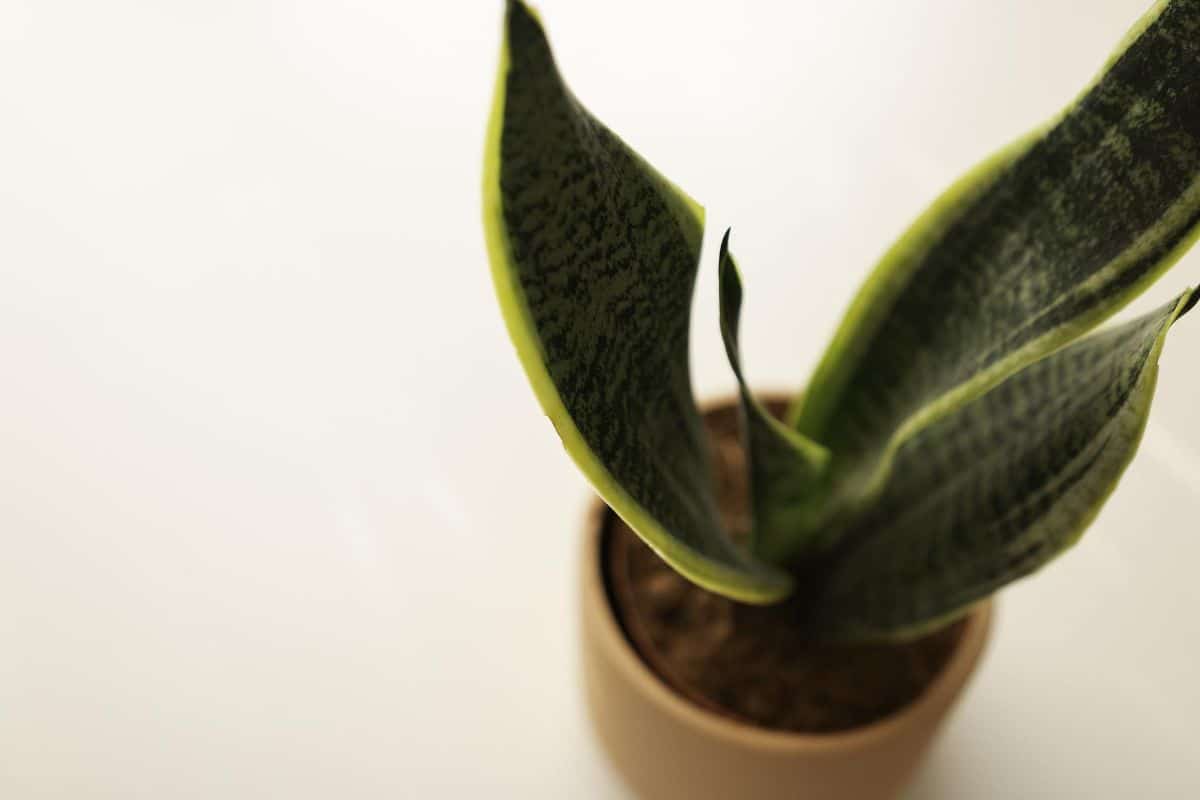
Requirements
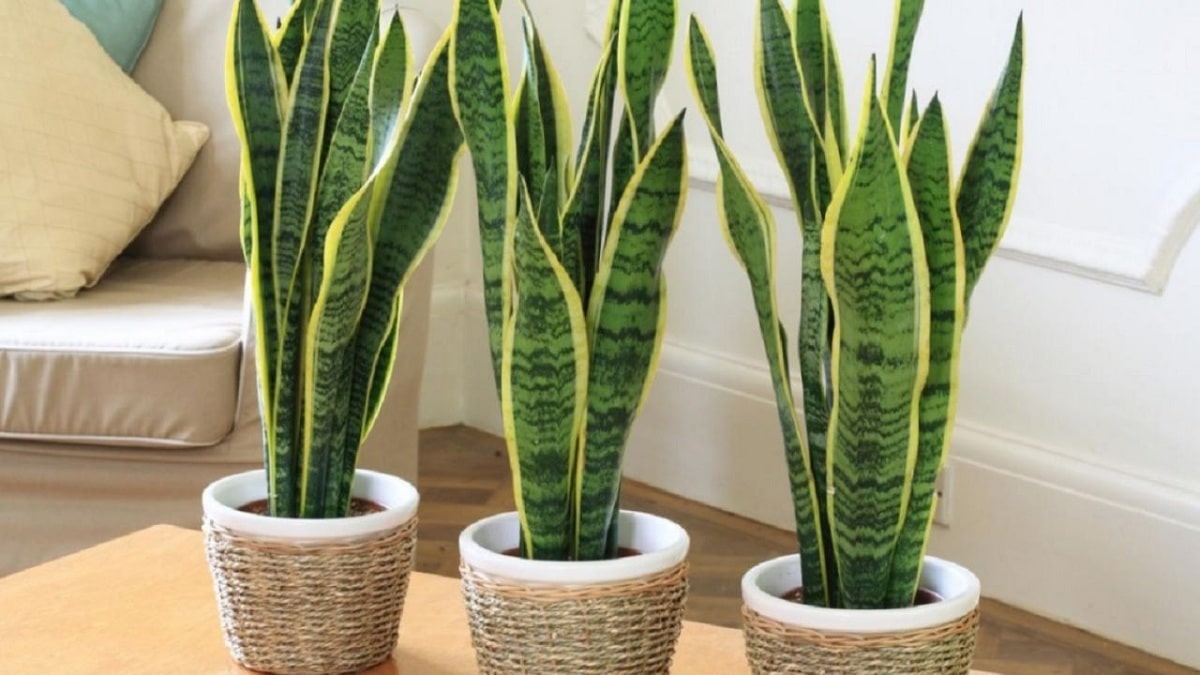
In summary, these are the main requirements for your care:
- Light: Although very hardy, it is best placed in a sunny location as growth is slow (only 3-4 new leaves a year) and the leaves lack strength, making it difficult to keep them upright and upright.
- Temperature: The ideal temperature is between 15 and 20°C, although in summer it can withstand temperatures of 30º. Avoid drafts.
- Irrigation- If you want to stay active, don't over-water and only water when the soil is dry. In winter, it only needs one or two months of watering, always depending on the temperature of the interior environment. We have to think of it as a succulent, so it only needs to be watered when the soil is dry. Too much water can cause rhizome rot (underground stems have several horizontally growing shoots, roots, and weed shoots emerging from their nodes). It doesn't like wet conditions, so it's best to avoid misting or spraying water.
- Transplant: If the pot is getting smaller, the ideal is to move it to a larger pot in early spring, between March and April. To ensure good drainage, it is advisable to place some baked clay or stones at the bottom of the pot to prevent the substrate from becoming completely soaked. If there is no transplant, it is recommended to renew the upper substrate: remove 3 cm of the superficial substrate and put new soil.
- Fertilizer: mulch once a month when temperatures begin to rise steadily (late spring/early summer) until temperatures begin to drop again (fall).
- Cutout: Sansevieria does not require pruning, but it is advisable to remove the dry leaves to avoid diseases.
- Flowering: This tropical plant does not usually flower indoors, but if it does, small flowers appear in late summer.
- Additional care: Try not to touch the tips of the leaves, as they are sensitive and can be easily damaged.
Some curiosities
Sansevieria is a slow growing plant. It usually blooms in spring and summer after years of cultivation. Sansevieria it is generally a very easy plant to care for. If some of the leaves begin to wilt and turn yellow, you need to pay attention to watering.
As houseplants, low temperatures can work on them. Therefore, it is necessary to always pay attention to whether they are dehydrated, so that they do not rot or fill with fungi. Mother-in-law's tongue plants are often used to purify the air. Also It is a plant recommended by Feng Shui to bring good energy to the home. While some people consume sansevieria for its medicinal properties, the truth is that there is no evidence that it actually has any health benefits. Therefore, it is recommended not to ingest this plant unless advised by a professional.
I hope that with this information you can learn more about the properties of sansevieria.